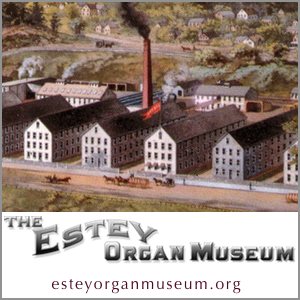It’s not often that something happens that cries out to be corrected and then, in a matter of days, it is. I’m not talking about Vermont’s GMO law either (which Congress mooted within the month) – no, I’m talking about Indigenous Peoples Day which has been proposed, here and elsewhere, as a less racist and more fair alternative to traditional Columbus Day. Unfortunately, honoring native American people was not something the Selectboard could get its collective mind around and Indigenous Peoples Day lost here in Brattleboro by a vote of 2-3. But just when you thought all was lost, along comes Governor Shumlin with a state-wide proclamation of Indigenous Peoples Day, signed, sealed, and delivered. What do you know, we get to celebrate Indigenous People’s Day after all.
This is a good thing. We should celebrate the native people of our country – for starters, we’re sitting on their land. In fact, the first beachhead established by the British settlers in the Brattleboro area was on the site of a Squakeag village situated on the Hinsdale side of the Connecticut just above the Vernon Dam. Ironically, Fort Dummer was established to control the Indians moving up and down the river, especially those raiding the English villages further south.
Before the English got here, the Squakeag (southernmost branch of the Abenaki) were the inhabitants of the land from Brattleboro down to Northfield, Massachusetts. It was a good place to live – abundant beaver and salmon along the waterways, decent land for cultivation, and best of all, maple sugar in the spring. The Squakeag apparently loved to sugar – it was the one activity that brought the whole family of men, women, and children, young and old together. Then as now, people like a sweet treat.
There’s an anecdote published in Thomas St. John’s Brattleboro History Scrapbook that suggests that the area around the Retreat Meadows might once have been a regular gathering place for native people. According to Rev. Jedidiah L. Stark of West Brattleboro (writing in the 1830s), unspecified native people used to come here and dance in the meadow above where the Retreat Farm used to be. According to Mr. Stark, the circle was so compacted from the weight of those many dancing feet that it remained visible and free of vegetation years after the Indians stopped coming.
Another indicator that Brattleboro’s Retreat Meadows was at the least a notable location for native people are the pictograms found carved in the rocks around the Meadows. Surely there was a reason to mark this spot so strategically located at the confluence of two rivers. Perhaps (I surmise) people came through here often on their way to other places and stopped to camp (and perhaps dance) here. It would make sense. The first lasting settlement in Brattleboro by an English person* was Arms Tavern, an inn and stagecoach stop, located where the Retreat Farm buildings are now. One marvels at the coincidence.
Native people made one of their last visits to our area in the 1850s when an elderly chieftain made his final visit to Bellows Falls. He and his people had made summer visits for generations, and the old chief wanted to be buried with his ancestors. As autumn turned to winter, he passed away and was buried by his sons, who then traveled back to Canada never to return. The Indians who visited Bellows Falls had long since ceased to be scary and local residents looked forward to their arrival each spring. It was a sad year when Bellows Falls realized that their Indian visitors would not be coming back.
Today, many descendants of the Squakeag band live in the St. Francis area of Canada where they were driven in the aftermath of King Philip’s War. Others still live here in Vermont, assimilated under English names, partly in self defense. We can’t alter the past, but here in the present we can take one small step toward owning that past. Happy Indigenous People’s Day, everyone!
*The first less lasting settlement was located in the exact same location, a homestead built by Captain Fairbanks Moore for himself and his family. Unfortunately, he and his son were both killed in an Indian raid soon after taking up residence there, and the remaining Moores, after being redeemed from captivity, moved away.



“Something...cries out to be corrected in a matter of days"
As a history buff I was thrilled to read Lise’s narrative this morning. It’s the first time I have been exposed to a history of indigenous peoples in the Brattleboro, Bellows Falls area in such a readable and enjoyable way.